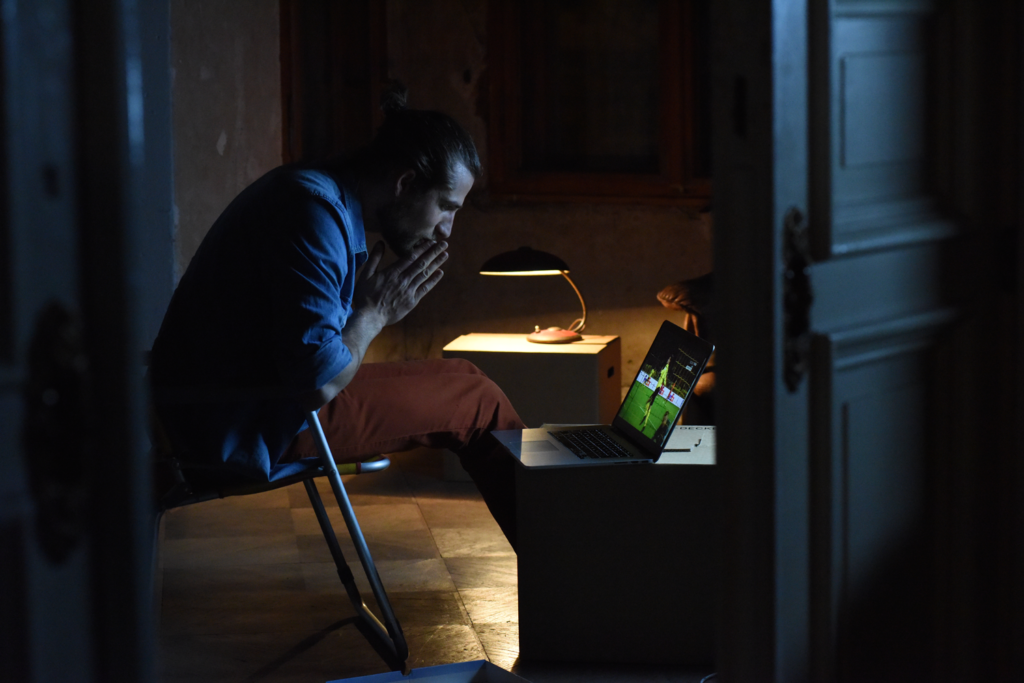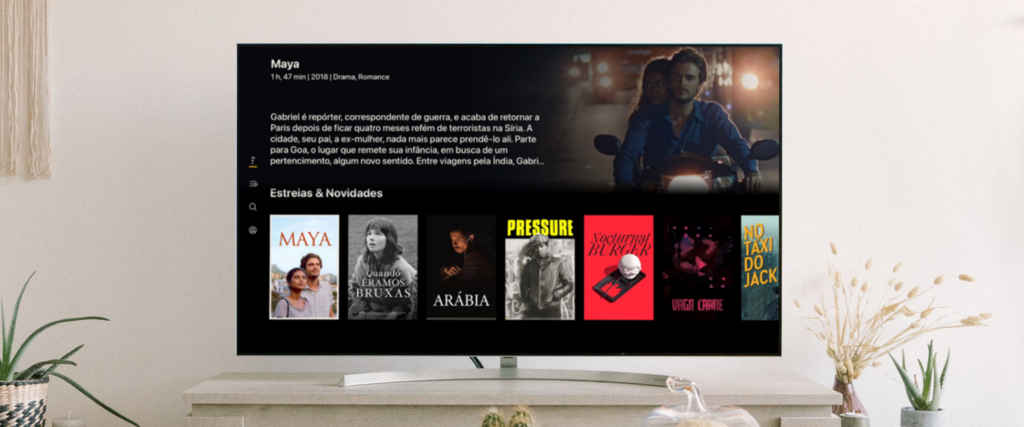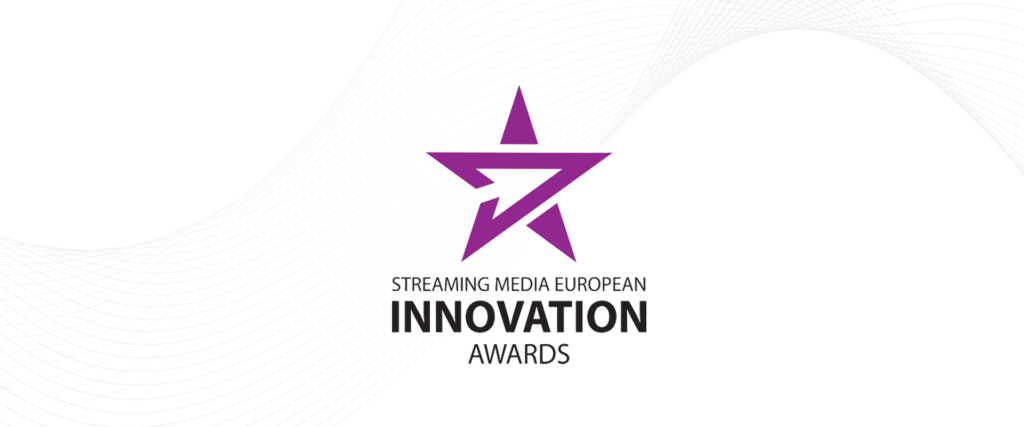Live Channels v VOD
The channel is dead, long live the channel.
I have a confession to make. When I left Channel 4 ten years ago, to join BT at the start of its journey into television, I thought that with the advent of video on demand (VOD) the channel could eventually be dead. It was already clear at that time that consumer behaviour was changing, as new tech was enabling viewers to watch the content they wanted, when they wanted, on multiple devices in and out of the home.
Today, in the march to digital distribution and with the continued global expansion of OTT services such as Netflix and Hulu, many content owners and broadcasters, including HBO (HBOGo), NBCU (Hayu), Disney (DisneyLife), Sony (Animax), are asking the same question and exploring complementing, and in some cases substituting, their channels with a VOD proposition. In doing so they are raising fundamental questions about their business model. Should they go direct to the consumer (who they haven’t traditionally had a relationship with) and bypass platforms, and should they monetise via pay subscriptions or through advertising?
Ten years on and with the benefit of working at the forefront of OTT TV with Magine, my view on whether the channel is dead is rather different and more nuanced. My conclusion is that channels are still relevant in a digital world of OTT and here are five reasons why I think this is the case:
1. CHANNELS ARE SOCIAL
Viewers like to watch programmes that are socially relevant, whether it’s watching an event with friends at the same time such as live sports or watching a programme they can talk about and share with others later on. The schedule of a channel helps create a mass social experience. While it is attractive to be able to binge watch series via SVOD, if no one else is watching and you cannot talk or share your views on the programme it can feel isolating.
2. WE ARE LAZY AND LIKE BEING TOLD WHAT TO WATCH
Ever been in a restaurant, and while leafing through the menu you wish the head chef would come out and recommend what to eat? Viewers still like being guided by an editor, the art of scheduling and commissioning is not lost. In this scheduled environment we also like being surprised and watching programmes we hadn’t otherwise thought about watching.
3. LIVE IS STILL KEY
Live events such as sport or talent shows work best on channels. They help create, build and share the tension, joy and passion of this programming. Advertisers also value the mass reach and ability to connect to large audiences at the same time.
4. MILLENNIALS STILL LIKE TV
While younger generations consume a wider range of media, TV is still popular. It may not be as dominant a media as it is for older generations but it’s still one of the most important, they just consume it differently, on multiple devices and in multiple locations.
5. TIMESHIFTING MAKES CHANNELS STICKIER
There are a lot of programmes viewers prefer to watch live but they also want the freedom to watch something 30 minutes to two hours later or even the next day. A cloud-based TV service, like Magine TV, enables users to pause, start over, and catch up on programming in and out of the home.
The fundamental challenge for TV is not the channels themselves but discovery. The way in which viewers select channels and programmes hasn’t really changed in the last twenty years, as all the innovation has gone into the delivery and discovery of VOD. When we lived in a world with four or five channels there was limited choice but it made things easy, in a world with hundreds of channels and lots of choices, finding the right programme can be frustrating. In an increasingly image-rich world, most viewers still have to scroll through a list of channels on their EPG to find something they want to watch. At Magine, we are looking at new ways to engage the viewer and help them discover live content, simple options like enabling customers to scroll through pack shots of live programmes as well as VOD, and allowing them to add reminders and create a ‘Lineup’ of live and VOD programmes to watch.
The response of many, although not all broadcasters, has historically been to create apps that separate VOD from the channel experience. In some apps, the channels were not even present or they became an afterthought to the consumer experience. This seems strange when the viewer only really cares about great programming, and they typically prefer all their favourite channels in one place.
Here at Magine, we’re attempting to solve these challenges for our customers and our partners. For broadcasters and customers, a lot is at stake. In the UK, c.£4.3bn in advertising revenues and £6bn in subscription revenues is derived predominantly from linear channels, and broadcasters are investing c.£6.4bn per annum in content. In Germany, a similar picture emerges with c.£5.3bn in ad revenues and £5.85bn in subscription fees from channels. In comparison, while Mintel suggests that the UK streaming video subscription revenues will rocket from £437m to £1.17bn between 2014 and 2019, even with the growth in SVOD revenues, it is clear that the continued success of channels will be key to maintaining the overall level of content investment in the ecosystem.
Broadcasters have invested a lot in content over the years so there is some fantastic programming out there, it’s just a case of improving the user experience and making it easier for the viewer to find what they want to watch. However, as broadcasters rush to create their own VOD apps they effectively create a walled garden around their content, making discovery harder, not easier for the viewer. It also seems unlikely that the consumer will want so many apps on their devices. In a digital world where there’s a larger choice of channels, catch-up, SVOD, there is significant value in aggregating and simplifying the experience so viewers can find content via one app.
At Magine, we believe that OTT can complement and reinforce existing business models rather than tearing them down and that channels can sit alongside VOD in the digital world.









